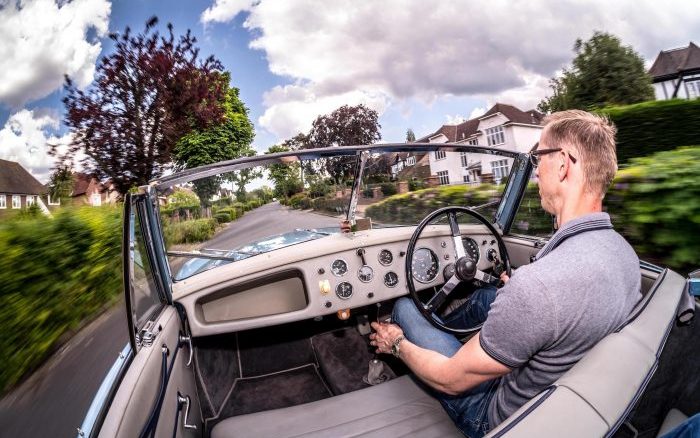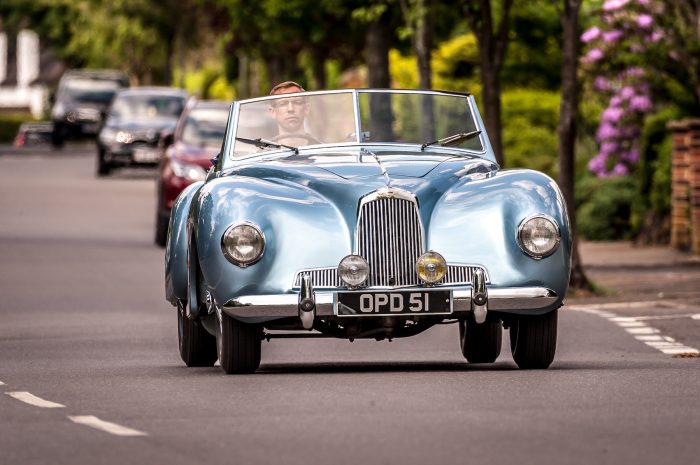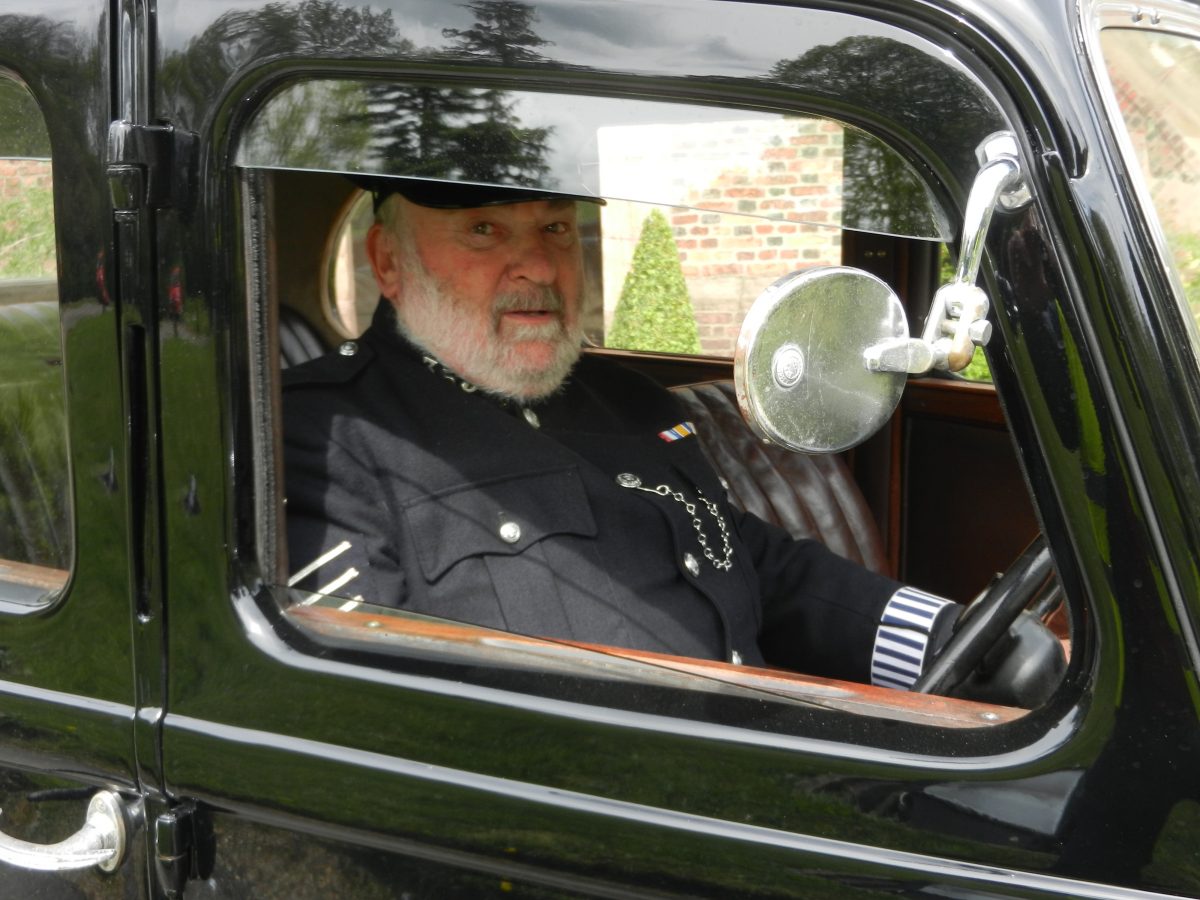
A guide to seat belt law for classic cars so you can understand exactly what your obligations are.
Since 1983 it has been a UK requirement to wear a seat belt. However, prior to 1966, it was commonplace for cars to be manufactured without seat belts, so there are some exemptions for classic car owners
Do classic cars need to have seat belts in the UK?
If a classic car was originally manufactured without seat belts, then it currently does not need to have seat belts fitted. Many cars were manufactured without them prior to new legislation introduced in 1983 that required passengers to wear seat belts.
However, according to guidance provided by the DVLA, without seat belts, drivers are limited to which passengers are able to travel in the vehicle. There are restrictions to transporting children, with no children under the age of three permitted to travel in a car without seat belts. Children over the age of three can travel in the car but are only allowed to sit in the back seats.
What year of car is exempt from seat belts?
If your car was made before 1965 and seat belts were not fitted at the point of manufacture, you are not required to fit them.
In the UK, it became compulsory for manufacturers to install anchorage points in vehicles in 1965, with the requirement for three-point belts in the front outboard positions following three years later. The 1968 legislation necessitated that all new vehicles be fitted with seat belts, and any vehicle dating back to 1965 must be re-equipped.
My classic car doesn’t have seat belts, will this affect my insurance?
Due to the lack of the additional safety feature, classic cars without seat belts are likely to be more difficult and expensive to insure. However, insurance companies that specialise in classic vehicles can ease the process of getting your classic car insured.

Who has to wear seat belts if they are fitted?
Legislation states that if seat belts are fitted in the seat you’re using, they must be worn when the car is being driven. The law also states that only one person can sit in a seat with a fitted belt at a time.
For children, the appropriate car seat for their height or weight must be used until they reach 135cm tall or reach the age of 12, whichever is first.
Are there exemptions to the seat belt law?
There are a few exemptions to the seat belt law. For example, drivers do not have to wear a seat belt when reversing, nor does a supervisor when a learner is reversing. You do not need to wear a seat belt if you’re in a vehicle being used for police, fire and rescue services, or are a passenger in a trade vehicle and are investigating a fault.
If you are driving a goods vehicle and there is less than 50 metres between stops then you are also exempt, as well as taxi drivers who are ‘plying for hire’ or carrying passengers. There are also medical exemptions, in which you much receive a Certificate of Exemption for Compulsory Seat Belt Wearing. This must be kept in the vehicle. You will also be required to inform your car insurer.
What’s the penalty for not wearing a seat belt?
Currently in the UK, if found not wearing a seat belt when required, you could be fined up to £500. However, a recent proposal could also see drivers face points on their licence for not wearing seat belts, although the Department for Transport has not said how many.
Who’s responsible for ensuring passengers wear their seat belts?
It is the passenger’s responsibility to ensure they are wearing their seat belt, and anyone not wearing one when required could be fined up to £500. However, if the passenger is under the age of 14 then the driver is responsible for ensuring they wear a seat belt or are suitably restrained. If they are caught not wearing one, the driver will face the penalty.

